Spirit Of The Week: Catedral De Mi Padre Mezcal
A father-daughter team are distilling a full suite of award-winning agave expressions.

Only launched in summer of last year by father and daughter duo Jeff and Sydney Block, Catedral de Mi Padre quickly amassed a pile of awards thanks to its dedication for artisanal production, use of both traditional and a bit more rare agave stocks, and, quite frankly, superb packaging.
In just over a year Catedral stacked some 20 prestigious awards like a Double Gold (Tobalà) and twin Gold medals (Mexicano and Madre Cuishe) at this year’s San Francisco World Spirits Competition, Silver for their Ensamble (Espadin + Cuishe ) at the 2022 New York International Spirits Competition, and Gold (Espadin) at the 2022 California Craft Spirits Competition.
They’ve even scored recognition for their unique “Cowboy Boot” packaging, which includes sustainably sourced leather bounding the bottom of their Catedral bottles—one unique handmade leather for each expression.
From day one the Block family launched with no less than a half-dozen options—from the more common Espadin and Tobalà to the rarer expressions of Madre Cuishe and Mexicano, plus twin Ensambles (Espadín + Cuishe and Espadín + Mexicano). While each offers profound spectrums of flavor you can only find in truly artisanal mezcales, our hat tip goes to their Madre Cuishe—made with Barril, or Karwinskii agave—crafted by a sixth generational maestro. The expression is both smooth and approachable, but also bursts of citrus peel, black pepper and unripened bananas.
Critical in the growing world of mezcal, where often times more powerful brands leverage vulnerable mezcaleros, Catedral de Mi Padre promises an equity partnership with its maestros. Moreover, they offer full transparency in their production via QR codes on the bottles that share valuable info like the mezcalero’s name, village, agave and all distilling details (e.g. fermentation, cut, type of oven and still, etc.) for education and full transparency.
We had a chance to speak with Jeff and Sydney about their unique origin story, the process of finding their remote maestros and why transparency in mezcals is so critical.
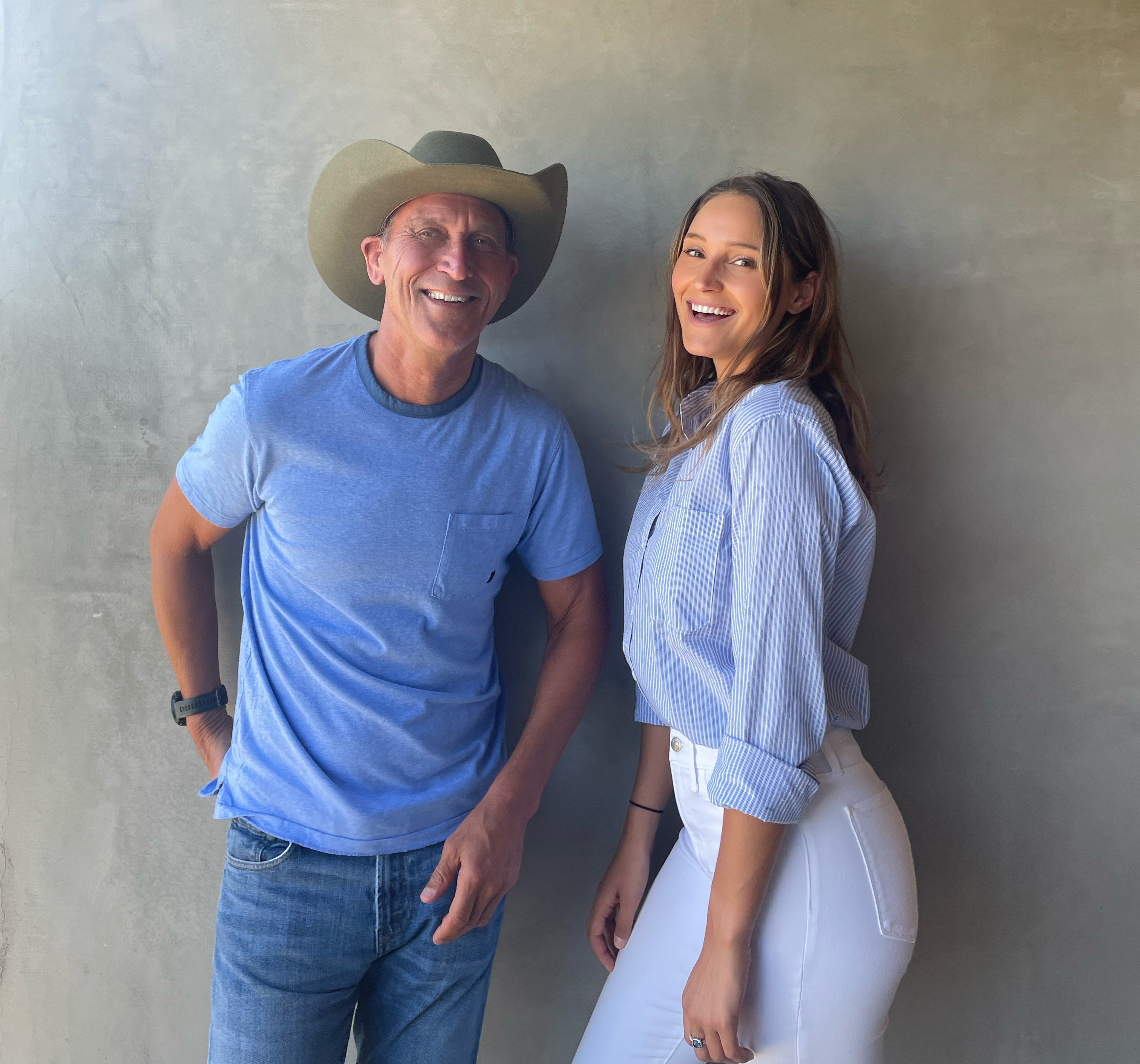
Being a father/daughter endeavor, Catedral is clearly a project of passion and love. Can you guys share an early memory where mezcal played a critical role in your relationship?
We spent a good portion of our time living in Oaxaca over the past 10 years and had a favorite little palenque 20 miles down the road that we used to visit to stock up on our mezcal. Frankly, the mezcal was not that great, but it was our “secret place.”
One day we jumped in the car and drove down to this local roadside palenque. On that particular Sunday, church had just finished and people were milling around. There was a card table set up in the dirt parking lot with four Octogenarians, three men and a woman; their grandchildren were playing soccer nearby. They had an old radio on the table cranking music, a bottle of mezcal in the middle of the table, and laughter filled the air. It became vividly clear to us: mezcal wasn’t just a spirit, it was the binding thread that wove through generations, spirituality, and the sheer exuberance of life. In that serendipitous moment, mezcal revealed its magic to us in ways we couldn’t have anticipated.
That’s an amazing story—the idyllic rustic Mexico. What inspired one of you to first broach the idea of being so bold as to launch an actual mezcal brand?
Jeff: Sydney made her way down to Oaxaca from NYC, where she had spent three years immersed in the world of Wall Street. Her discontent with the repetitive grind of her job was palpable. As I observed the weight of stress she carried, it was evident that this path was far from her true calling. We had a heart-to-heart conversation where I offered her some guidance. I found myself urging her to step away from the world of banking before it claimed her spirit entirely. With a wry smile, she responded, “So, should I just spend my days sipping mezcal?” And that was the very instant when the concept of Catedral de Mi Padre Mezcal came to life.
Sydney: Yes, I was disillusioned with my career choice and knew I had to make a change. My parents had run a family ecommerce business together when I was growing up and I saw the incredible benefits of working with family. This theme of families working together resonated with me as I developed my love of mezcal. When I asked my dad for his advice about my next career step, I hinted at the idea of us working together and he wholeheartedly embraced it. I thought about the passion we shared for Oaxaca and the culture of mezcal, and suggested starting a mezcal brand together. The rest is history.
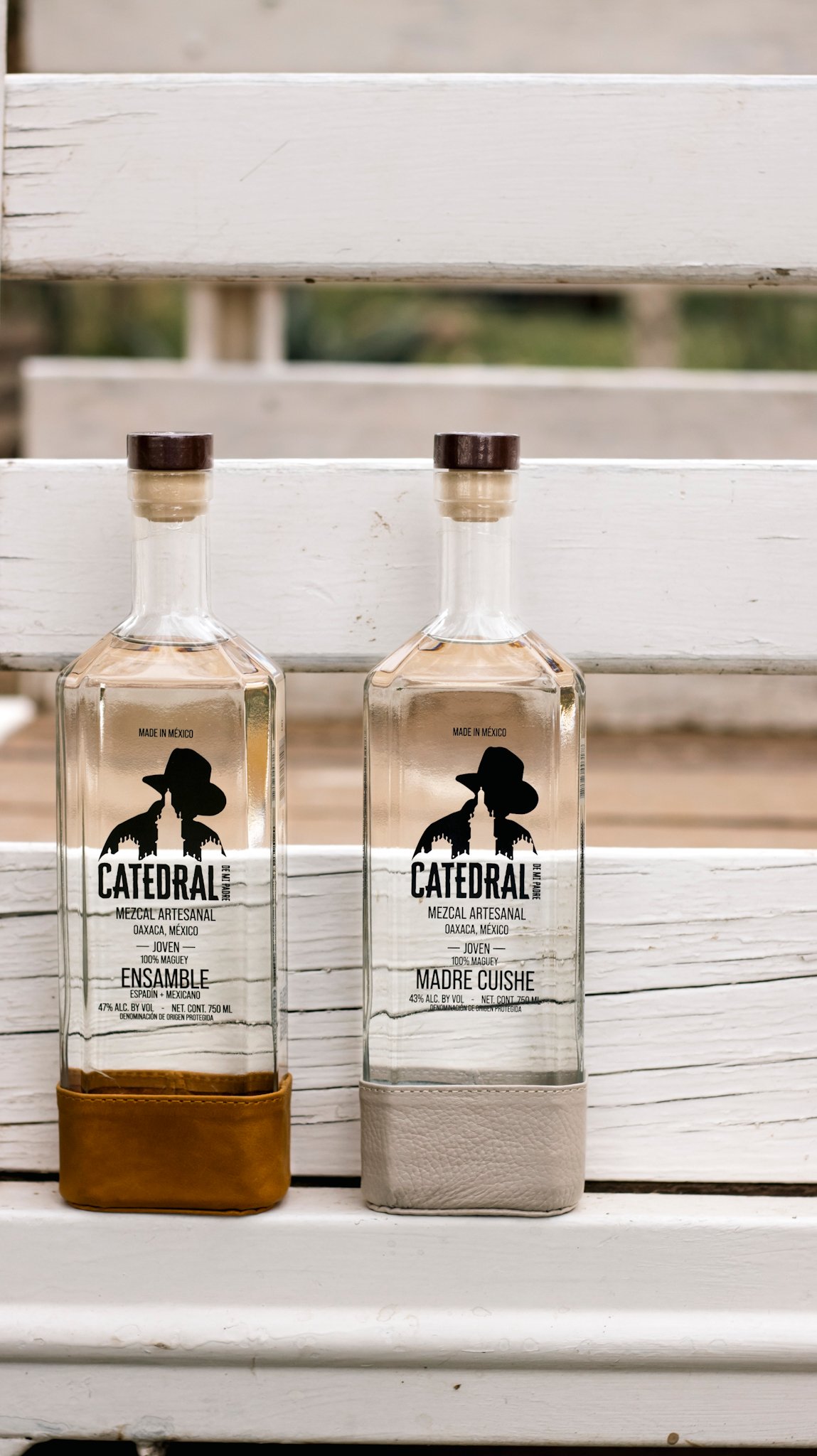
These are a lovely collection of different agaves. How did you decide which agaves to offer, and was there talk of launching with fewer expressions to play it safe?
Jeff: We started out wanting to offer a farm-to-bottle experience through a collection of mezcals made by different mezcaleros from different palenques, that each represented best-in-class. Initially, I thought we would start with only Espadin/Espadin blend mezcals, but Sydney felt strongly about including the wild agaves because many of her friends in their 20s and 30s were “mezcal nerds” and looking for a deeper dive into the rarer expressions.
While it certainly added to the complexity of production, we narrowed it down to six expressions that met this criteria. We feel like our collection of mezcal provides an accessible introduction to the wide range of agave flavor profiles and offers a really fun tasting experience.
Tell us about the two Ensambles. Did you specifically want to work with these agaves or did you stumble across two amazing juices and decide to release them?
I would say at first we more or less stumbled into the two Ensambles. They were made by two different mezcaleros that we really respected, and they both happened to specialize in making Ensambles. We discovered that some mezcaleros want to stick to making single species mezcals, while others love the challenge of making an Ensamble— like a winemaker. Personally, I love the Ensambles, because I think they bring a sense of adventure to each sip through their complex and vibrant spectrum of flavors.
I imagine you searched many palenques to find the correct mezcals and mezcaleros you wanted to partner with. What was your favorite part of this phase of the project?
Our favorite part of assembling a team of mezcaleros to partner with was getting to know and work with each of the families making our mezcals. It is easy to say that mezcal is an artisanal endeavor, but until you are fully immersed in the world of making mezcal, can you really grasp the immense dedication, labor and handcrafted artistry that goes into making quality mezcal?
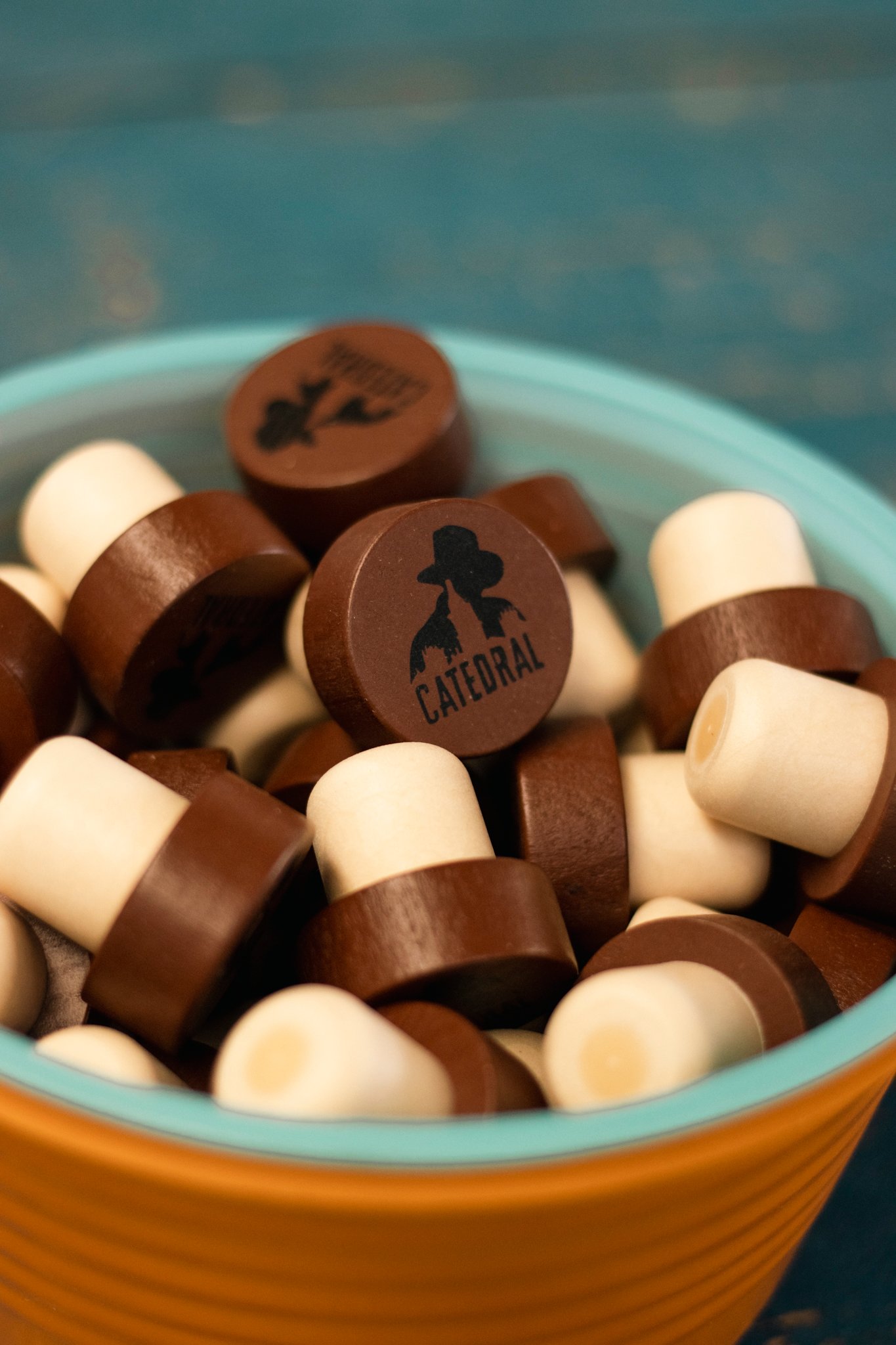
I think that quality shows. Catedral came out of the gate stacking a dozen awards in only its first year, it’s impressive. This must be both rewarding and reassuring. Can you share a couple that meant the most to you?
Actually, it is 20 awards as of now! We are truly humbled by the overwhelming professional recognition of the quality of our mezcals! I think the one Double Gold medal and two Gold medals that we won for three different expressions of Catedral Mezcal at the 2023 San Francisco World Spirits Competition were really exciting because this competition is known as the most competitive, prestigious and largest spirit judging event. But winning Best in Show Mezcal and a Platinum medal at the 2023 Los Angeles Spirit Awards for our Madre Cuishe Mezcal was really thrilling too!
As I’m sure you’re aware there’s a lot of greenwashing in mezcal. You guys speak of being “equity partners” with your mezcaleros. Can you elaborate?
Could not agree more! A lot of companies talk about “partnership” and “profit sharing.” The reality is that building a spirit brand is costly. There is little to no profit until you reach scale, at which point you have hopefully built some real value in the equity. Thus, we wanted to share that equity with our mezcalero partners. We created a non-profit entity in Mexico called Catedral Community Support Organization. We have pledged some of the shares of our US brand to that entity, with the by-laws of the organization stating that upon a liquidity event, the proceeds will be distributed to the families based on a co-op model. We feel like this structure will make a meaningful impact on the lives of our partners.
Why is transparency in your mezcals so important when it comes to process and ingredients?
For us, transparency is crucial to preserving the rich history of mezcal. Mezcal is deeply rooted in tradition and craftsmanship, and techniques for making mezcal are often passed down through generations. We feel it is important to share the artisanal techniques that shape each bottle with consumers to foster an appreciation for the history and culture behind mezcal. Additionally, from a quality perspective, clear information about ingredients, harvesting methods, and distillation techniques is critical in fostering a deeper understanding and appreciation for the artistry that goes into crafting mezcal.
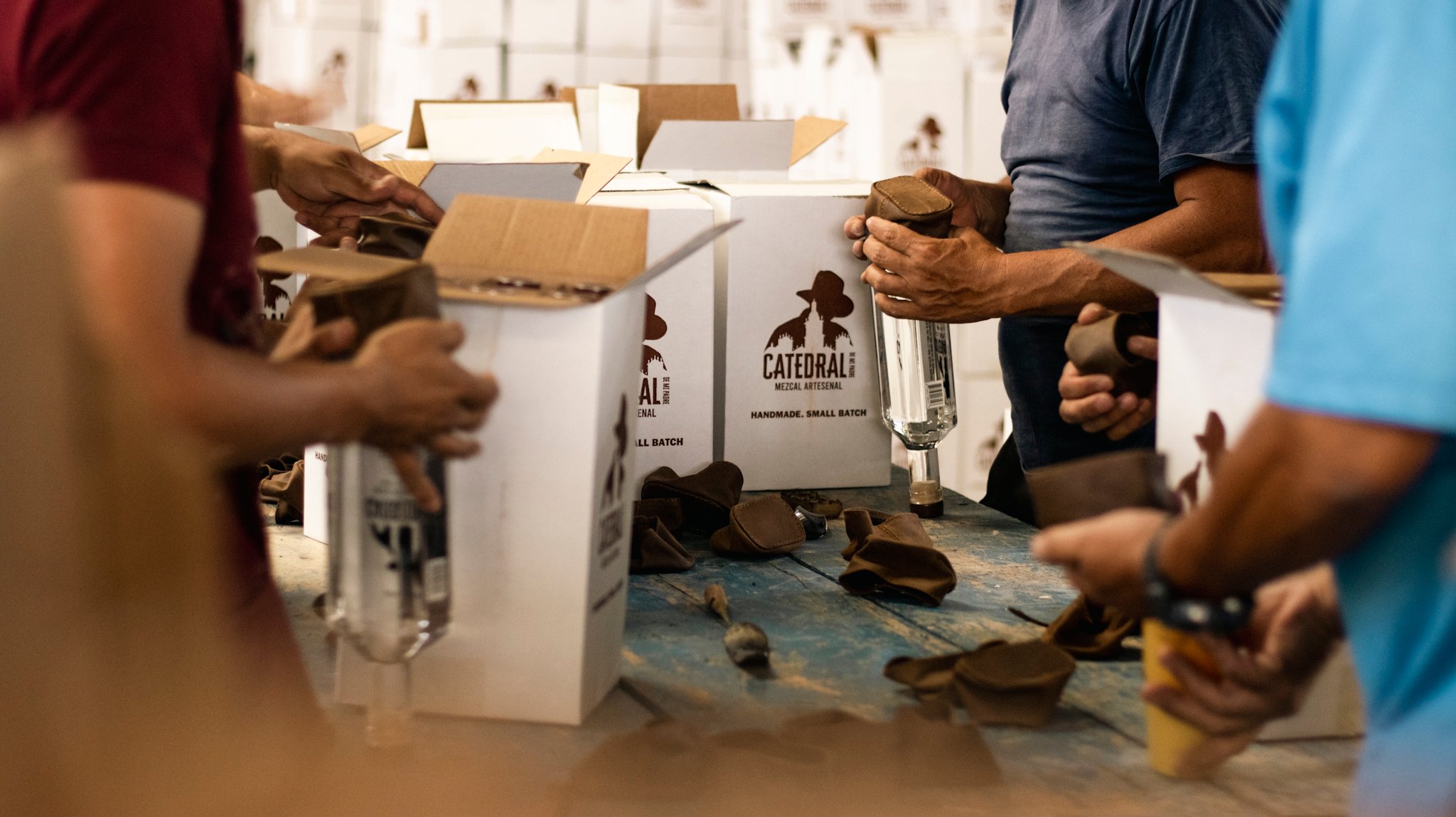
Your bottle designs are very cool—love the artisanal leather “Cowboy Boots” concept. How’d you come up with this idea, and was it difficult to manifest from concept to actual execution?
It took us almost two years to get to market, which is not unusual. There are a lot of regulatory hurdles to get over both here in the USA as well as Mexico. The unintended benefit of this waiting period is that we had a lot of time to focus on our branding. One of the foundations of our brand was celebrating the vaquero, or cowboy spirit of making mezcal, so we thought what could be a better branding message than a cowboy boot? It took a great deal of logistical planning and many visits to Leon, the leather capital of Mexico, to find the right workshop to work with to make these handmade leather cowboy boots for our bottles.
Coming from California, sustainability is really important to us. We found a leather maker that was able to source what is called “fall-off” leather—a leather that remains after a manufacturer, for instance a shoemaker, cuts the pattern for the leather and ultimately there are sections of the hide that won’t be used. We use these pieces to construct our boots, thus taking leather that would normally be discarded and upcycling it.
Very cool. So which bottle would you share if you wanted to introduce someone to Catedral who had never tried mezcal?
Jeff: If they were a scotch drinker, I would suggest trying our Double Gold award-winning Tobalà. From the gentle smokiness to the nuanced notes of vanilla, every sip of our Tobalà unfolds like a journey through a landscape of taste. It has a nutty, toffee on the front end with a sweet burnt marshmallow on the finish, and makes a perfectly smooth sipping mezcal.
Sydney: If they were a tequila drinker I would suggest our Mexicano, because most tequila drinkers appreciate the spectrum of flavors from agave. Our Mexicano is bright with citrus undertone and a light balanced smoke, which makes a great option for a tequila drinker’s first jump into mezcal.
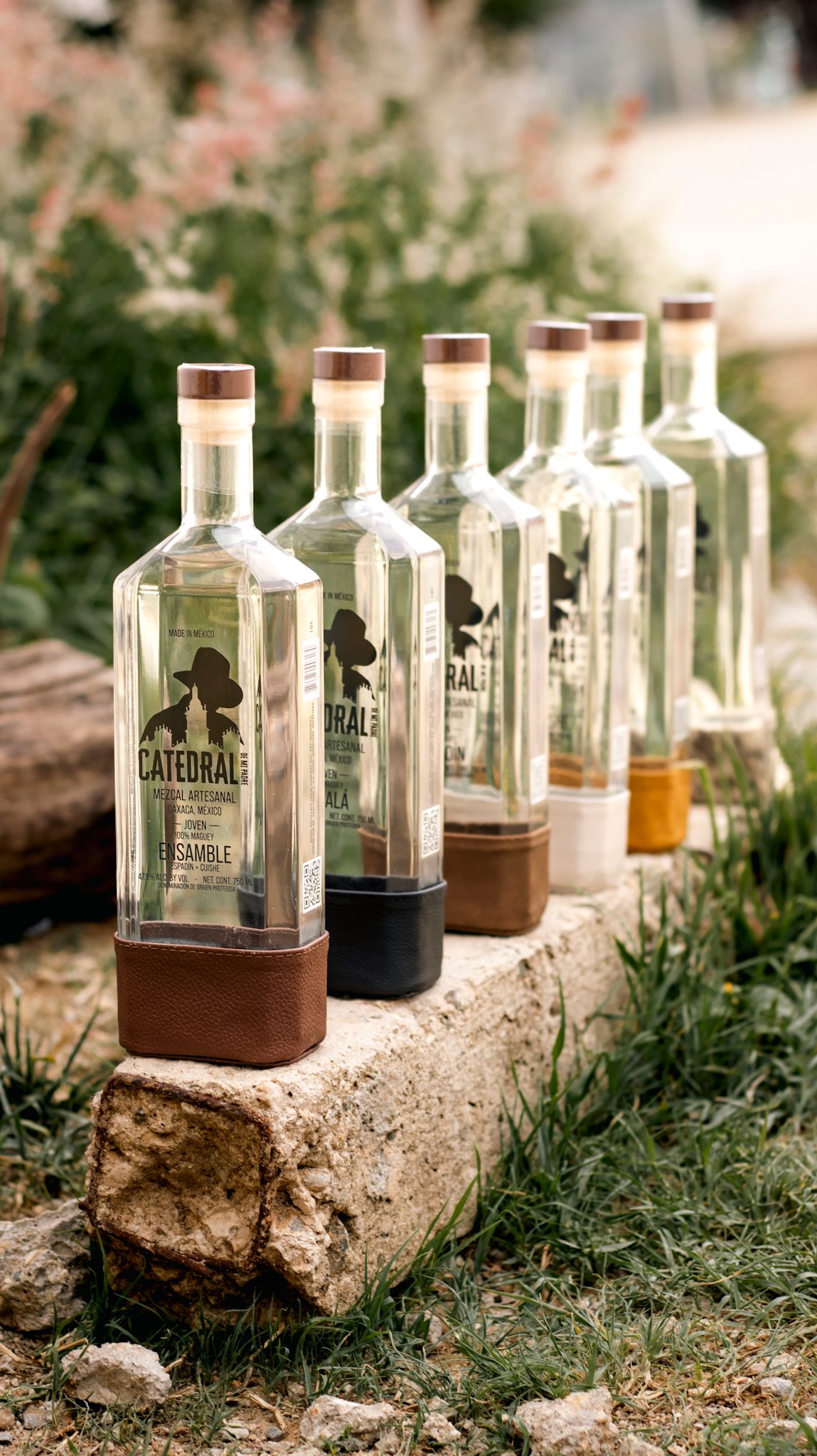
And which bottle would you share if you wanted to introduce it to someone who is an experienced mezcal aficionado and might want to be challenged, or try something unexpected?
Jeff: Our Espadin/Mexicano Ensamble has a super unique taste profile. It is hot mixed—meaning both types of agave piñas are cooked together—so the flavors really meld to create a unique taste profile. It has a unique crisp green apple on the front end and a sweet tobacco on the finish.
Sydney: I would say our Espadin/Cuishe Ensamble presents a complex flavor palate that mezcal aficionados will appreciate. It has our highest ABV at 47.8%, but is super smooth with lots of herbal notes with a hint of lavender. $59.99-89.99
Follow Contributing Spirits Editor Nicolas Stecher at @nickstecher and @boozeoftheday.
